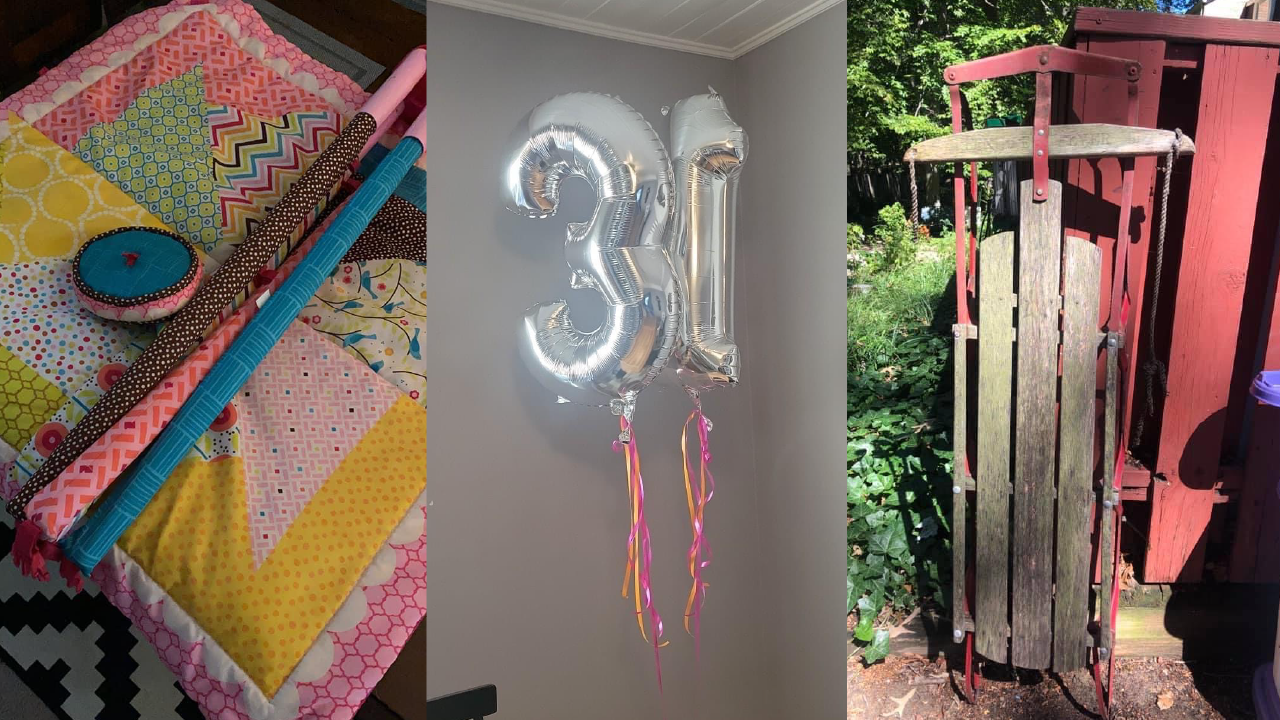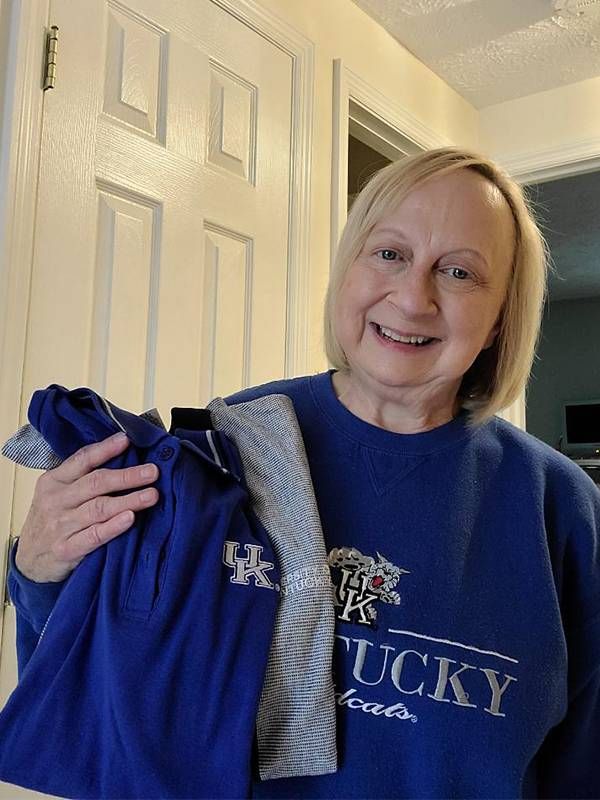Why You Might Want to Join the Buy Nothing Movement
How you can get, and give, items and services for free locally
What many of us have learned in the past few years is that our loved ones don't want our "stuff" as we downsize or relocate. Even traditional organizations that exist on donations often don't want our electronics, books or other items. Fortunately, there's an alternative: the online gifting group known as the Buy Nothing Project or BNP.

Started in 2013 by friends Rebecca Rockefeller and Liesl Clark, from Bainbridge Island, Wash., in their book, "The Buy Nothing, Get Everything Plan: Discover the Joy of Spending Less, Sharing More, and Living Generously," they describe Buy Nothing as a philosophy "that holds that the key to a joyful life of meaning and abundance on a healthy planet is to pursue every possible alternative before buying anything one wants or needs."
The theory behind Buy Nothing is helping your neighbors, especially timely in this giving season.
More than 4 million people comprise 6,800 Buy Nothing communities in 44 countries across the globe. Most are hyperlocal groups.
The Joy of 'Buy Nothing'
The Buy Nothing Movement started through Facebook, but has expanded to an independent app. Members offer each other items they no longer want or ask each other for something they suddenly realize they need, either tangible or a service like assembling a product or altering a dress. It is not a quid pro quo situation.
The theory behind Buy Nothing is helping your neighbors, especially timely in this giving season.
The true joy of the Buy Nothing Movement is in the intrinsic, rather than extrinsic, value of items, with neighbors becoming friends and walking partners or bringing fresh food and caring to a cancer patient. Sometimes, it's about learning the story behind the item being gifted, so its history will carry on for another generation or two.
Items you gift don't have to be in perfect condition, as long as the defect is mentioned. Even something less than pristine could be highly prized. For example, your computer desk with cable holes may be perfect for someone who doesn't own an electric drill. The corner of a well-loved and frayed blanket may be the ideal color for the last piece of a quilt. Your sad rocking chair may become glorious in the hands of a refinisher.
Often, Buy Nothing people post on Facebook pictures of their newly-claimed gift they're grateful for — from plants by the front door to the racing car bed that's now home to a six-year-old speed freak.
"I'm not a big second-hand shopper," says Jolyn Bennett, 51, of New York City, who was laid off as the pandemic set. But she needed a ring light to improve her appearance during video calls. "So, I was about to bite the bullet and buy one for a hundred and fifty dollars when my friend mentioned the BNP."
A Response in 5 Minutes
Bennett asked to join a local Buy Nothing Project group and posted an ISO (in search of) notice. Within five minutes, she recalls, "I received a message that someone had one that was bigger than what she wanted, not even out of the box, and — with the pandemic — wasn't going to return it."

Linda Pike, who lived in Crofton, Md., for 16 years, recently moved to Leland, N.C., and figured she wouldn't need quite as many sweatshirts there. So, among the items she has gifted through the Buy Nothing Project are Baltimore Ravens pro football-branded sportswear and items from the University of Kentucky.
"It makes me happy that someone gets something they want and that didn't go into the trash or the landfill," says Pike.
Bennett notes that in her Buy Nothing Project group, members are all types of people. "Some live in [homeless] shelters, some are extremely wealthy," she says.
Some items in Bennett's group, like birthday decorations, travel from party to party to party. Halloween costumes can lead several lives over the years.
Each Buy Nothing Project community develops its own personality.
The administrator for the Gambrills/Crofton, Md. group periodically has a "Fat Chance Friday," where people list their off-the-wall requests. It may be a room fan, an obscure auto part, baby gate and baby monitor, a mini bundt cake pan or a pair of turtle salt and pepper shakers.
Best Time for a Buy Nothing Post
Bennett's Buy Nothing tip for people looking for items: post around the middle or end of the month "when people are moving and realizing there's one more thing they aren't going to take, you may receive a lot of responses," she says.
Recently, I've become a Buy Nothing Project recipient and giver, too.
I moved a few months ago and now need to park my car about 100 feet from my front door. As a result, I wanted a cart to transport my groceries in one trip. I posted my request, and someone said her neighbor was getting rid of one and she'd deliver it to me. That's right, the cart would be gifted AND delivered.
While I've been slowly unpacking, with a homeful of boxes, I've chosen to gift them to others. After all, I realized, I'm not the only person moving these days.

